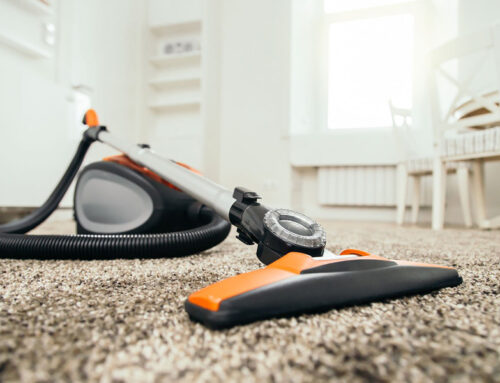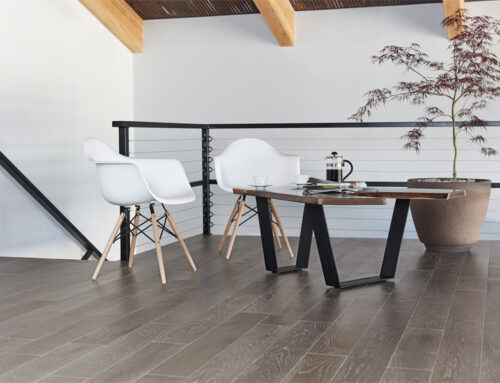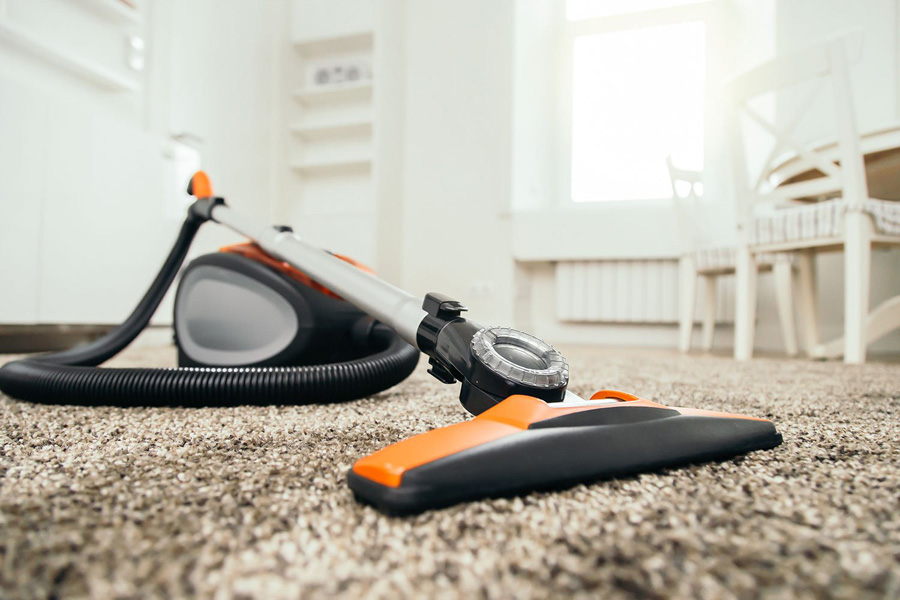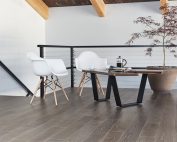Hardwood floors are a worthwhile investment that when properly cared for can last for years. But periodically, they do require repairs and may even need to be resurfaced or replaced. Kids, pets and foot traffic can wreak havoc on even the hardiest styles. So how do you know when it’s time?
Scratches and Marks
Wood floors, though long-lasting, are not impervious to the odd ding or scratch. But when the scratches go far beyond a small area or are deep enough to penetrate below the stain and sealant, it might be time to take action. Anything that breaks the seal can allow moisture and dirt into the wood, making the boards weaker and prone to swelling or buckling. It is unwise to attempt a spot fix and professionals would advise a more in depth treatment.
Water Damage
Even on a good day, moisture and humidity are the enemies to a solid hardwood floor. Water is the number one way to warp your floors beyond repair. Take care when mopping, watering plants or if you live in an area with heavy rains. Once boards become soaked and begin to cup, there is little else to do than replace or sand the area – although a professional resurfacing may save floors that are only discolored.
Discoloration
Are your floors changing color? As we mentioned above, water damage can darken planks and change the look of stains and sealants. They can cloud clear glossy finishes and create matte spots on previously polished areas. When wood and water combine, they can also oxidize and begin turning your floors grey. The sun is also a big culprit for damage. If your home has large windows where the sun beats down on a particular area, hardwood floors can be prone to bleaching. They might look sickly or faded and may show contrast under furniture or rugs. Sanding and finishing is often the only option for saving sun-damaged boards.
Creaking or Movement
Like every organic material, wood does have a lifespan. And when it ages, movement and creakiness can indicate a problem. Sometimes boards can be re-glued, reset or tightened to eliminate squeaks and creaks, but if there are gaps, holes, shifting, buckling or mushiness, they will need to be changed out. Take note that this could indicate a larger issue with the home and subfloor, so make sure to get a professional opinion before starting repairs.
Style Update
Whether you’re in the middle of a renovation or looking to refresh before listing your home, a simple style update is a great reason to change out your floors. If your hardwood is still in great condition, sanding and refinishing is a smart and affordable option. Rather than replacement, true hardwood can often stand up to at least four to six sandings during its lifetime. With normal wear and tear, homeowners can expect to do this once every seven to ten years, but can also utilize a professional when it’s time for a stylistic change.
So for your next project, whether you are looking for a stylistic or practical change let the experts and Next Day Floors help complete your renovation vision.






